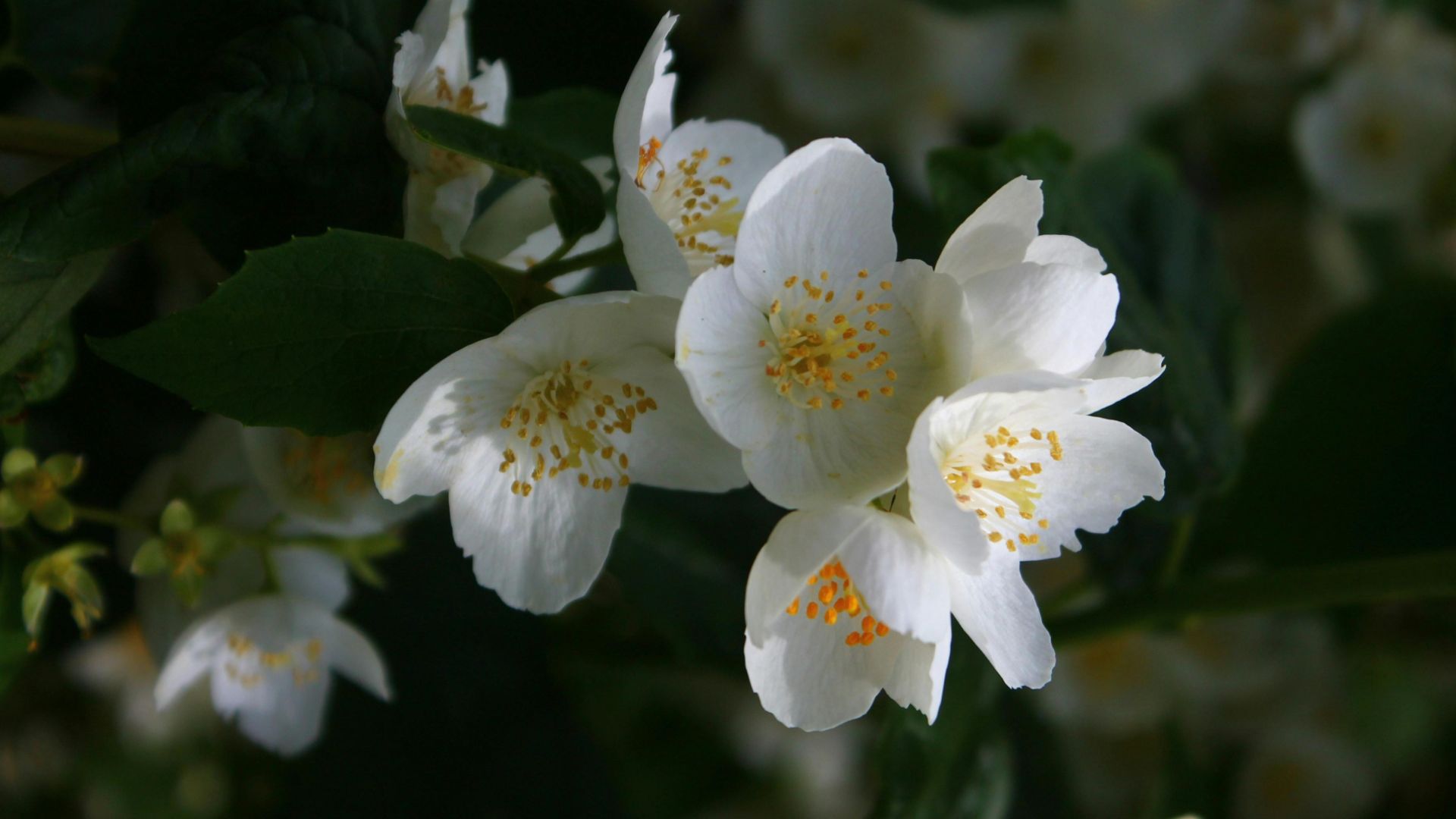Jasmine, the king of flowers, is a complex and multifaceted scent that demands the utmost respect and skilled handling. This versatile flower can flirt with a range of finishes, from sweet and heady to green, from animalic and rich to musty, making it one of the most expensive, exotic, and alluringly sensual ingredients in perfumery. Arabian jasmine, in particular, is carefully cultivated in Egypt, though the flower has its origins in the Far East.
Traditionally, the scented secrets of the jasmine flower were extracted using a technique known as enfleurage, a labor-intensive process in which individual petals were placed onto wax and turned by hand until the scent fully imbued the wax. The wax would then be purified to create the absolute. Nowadays, it is more common to use a high-tech, less labor-intensive solvent extraction process to produce a purer absolute. Despite the flowers being pure white, the absolute is a thick, deep brown substance tinged with gold, akin to the way that petals brown and the scent becomes heavier as they age. It can take up to 10,000 individual blossoms, all hand-picked, to produce just 1 ml of jasmine absolute, an indispensable ingredient in all of our jasmine perfumes.
Jasmine fragrances are characterized by their sweet floral top note, often accompanied by a subtle but rich woody musk. Although primarily floral in nature, the different species and growing conditions of jasmine give rise to a range of characteristics. Fragrances that contain a high concentration of jasmine are often described as having a sweet, green, and rich smell. The jasmine scent is naturally mood-altering, possessing both mood-boosting and aphrodisiacal qualities, making its effects within perfume transformative.
Different varieties of jasmine produce different fragrances; for example, green jasmine imparts a freshness akin to a spring day, while sweet jasmine is voluptuous, adding fullness to a fragrance and imparting a heady aroma that is well-suited to floral or gourmand perfumes. Jasmine is a key ingredient in some of the world's finest perfumes. Its naturally floral scent makes it perfect for warm weather perfumes. The skilful perfumer can use jasmine to create a variety of fragrances, from delicate and light to complex and sensual. Jasmine is so important in perfume creation that it is simply referred to as "le fleur" or "the flower."
One particularly intriguing type of jasmine scent is the animalic jasmine, which is amplified by musk to create a more provocative and sensual fragrance. An all-time jasmine favourite in the Oud Library collection revolves around Jasmin Oud. This perfume has Cinnamon, Ginger, Cardamom, Pepper, Mandarin Orange, and Bergamot in the top, Jasmine, Ylang-Ylang, Broom, Clary Sage, and Neroli in the heart, and Amber, French Labdanum, Leather, Vanille, and woodsy notes in the base.
Heart of Jasmine



Share and get 15% off!
Simply share this product on one of the following social networks and you will unlock 15% off!